Creativity is the use of the imagination or original ideas, especially in the production of an artistic work. I know this because the Oxford Dictionary told me. I also know from personal experience that the creative process is like a flow. Kind of like a canoe riding the currents of a river. When you are in the flow, things go smoothly — your creative canoe slides easy through the water, and creating things is a joy. When you’re not in the flow, creativity can seem like a chore, paddling upstream, hoping the canoe doesn’t tip over and this horribly stretched metaphor doesn’t snap and cut you in half. So, if one wants to keep a creative flow going, one needs to ensure the source of that creative river is well fed.
I promise to never talk about metaphorical rivers ever again.*
Anyhoo… let me start again: I find ideas come in waves (yikes, more water metaphors!). Sometimes I come up with ideas for shots faster than I could possibly make them. Other times I can’t come up with an idea for a toy photo to save my life. This can be incredibly frustrating when I sit down and want to create, and I can’t think of anything. Over time I have come up with strategies to store those ideas in the good times, so I have some available in the lean times.
I wanted to share some of these strategies with you.
Keep an ideas folder
On my computer is a folder called “ideas.” Contained within that folder is a bunch of images. At first glance they seem completely unrelated. For example, some of the images are pictures of an elephant. A cellphone photo of a TV screen showing a scene from a TV show. A screen capture of comic book art. A movie poster for Ghostbusters: Afterlife. A reflection of a building in a puddle, and hundreds more. What links these all together is that when I saw them, they triggered an emotional response in me that said, basically, “Oooh, that’s freaking cool! I want to make something with that.”
That is the point of an ideas folder — to capture the things that inspire me, or catch my interest, or make me say, “Dang, that looks cool!” on a deep, emotional level. The things that give me a moment of awe. If I don’t have time to create something with it at that moment, I capture them (take a photo or download the image) and squirrel them away into an ideas folder. There they sit, patiently waiting.
When I am feeling like creating something, but I can’t think of any ideas, I scroll through the images in my ideas folder and look at all the things that have inspired me in the past. Quite frequently, one of those saved ideas sparks a renewed interest that I can then pursue.
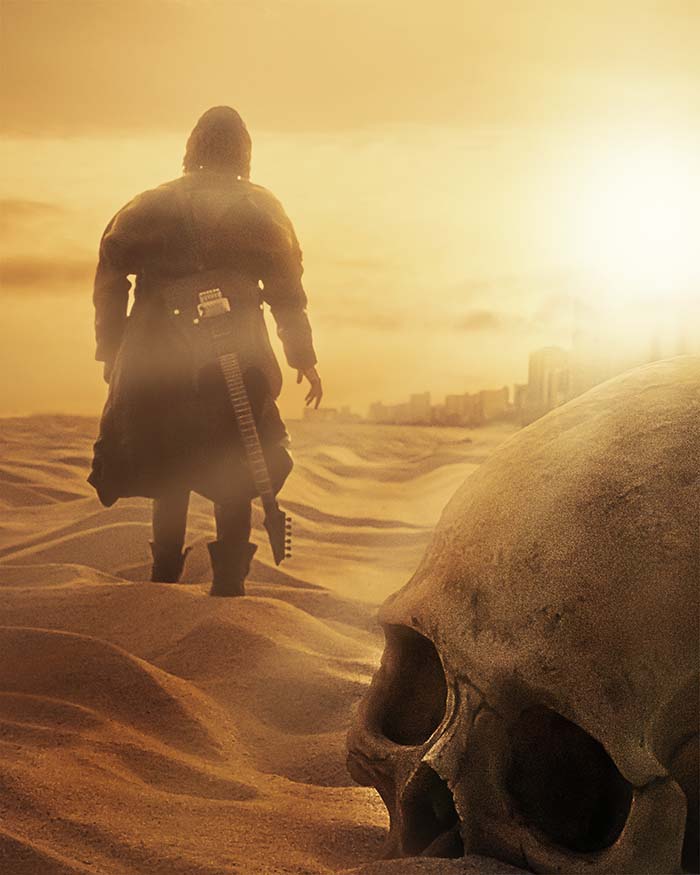
I mentioned my ideas folder is on my computer, but I have multiple computers (especially if you count cellphones as computers, which you should, because they totally are). So I sync my ideas folder to the cloud (I use Google Drive, but any cloud-based file storage system you can access from your desktops, laptops, and phones will do). This serves two purposes. The first is that I can access those ideas anywhere I go, as long as I have Internet access. The second is that I can use my phone’s camera to take a photo of the things that inspire me while I walk about the world, and I can be confident that, thanks to the magical internet elves, my ideas will be synced to all my devices, where they will sit, waiting for my future bored self to come along and give me that spark of inspiration that gets me into a creative flow.
Write down your ideas
The ideas folder works well for things I stumble across that I can capture with a camera (or a screengrab). However it doesn’t work for ideas that may pop into my head as I am walking around. Oftentimes these ideas come when I am driving, or going on my daily walk. Old me would have just let them slip past me into the mists of time. New me pauses and writes the idea down.
One could use almost anything to record ones ideas. Pen and paper, word processor, dictating a voice memo, but I keep a spreadsheet for storing all my ideas. I use Google Sheets for this. Partly because Sheets is the only spreadsheet software I actually have access to, and because it’s free. I also use it partly because it is cloud based, so I can access that spreadsheet anywhere I have internet access (though I keep it synced in offline mode on all my devices, so I don’t technically need the internet to record my ideas or look at them — only to sync them to my other devices).
(As an aside, I can’t help but notice that I use the cloud a lot for this, which fits that overly abused river metaphor above. Isn’t it an amazing time we live in when we can store our thoughts into a magical ethereal plane called the internet, and then retrieve them at our whim, kind of like an ancient Roman god?)

In my ideas spreadsheet (which I call “You Clever Bastard,” because slightly naughty language lets me believe I have more street cred than I really do), I organize each set of ideas in separate tabs. So I have a tab for photography ideas, blog post ideas, video ideas for my Youtube channel etc.

Build a library of photo assets
I spend a lot of time in Photoshop as part of my photo creation process. I often add visual effects, light blurs, change backgrounds, add textures, etc. to my work. Finding elements, or assets, to use for these composites can often be time consuming, and can take me out of my creative flow. As a result, I have gotten in the habit of keeping an eye out for things I discover as I explore the world that I may be able to use in future Photoshop projects that I can store in my own personal library of assets, ready for use whenever I need them.
Over time I have build up a decent-sized library of lighting effects, textures and backgrounds that I can draw from when I am creating a scene. I find this process keeps me in a creative mindset, even when I am far away from my toy box, or the machines where I run Photoshop. The best part is, I find assets for my library everywhere.
For example, this past Christmas break, I went to an outdoor shopping mall to meet up with some friends. While I was there I saw some locations that I could picture placing figures in at some point in the future. So I paused and took some photos of them from the same angles I’d use if a person was in the scene. I then tossed these into my library for future use.
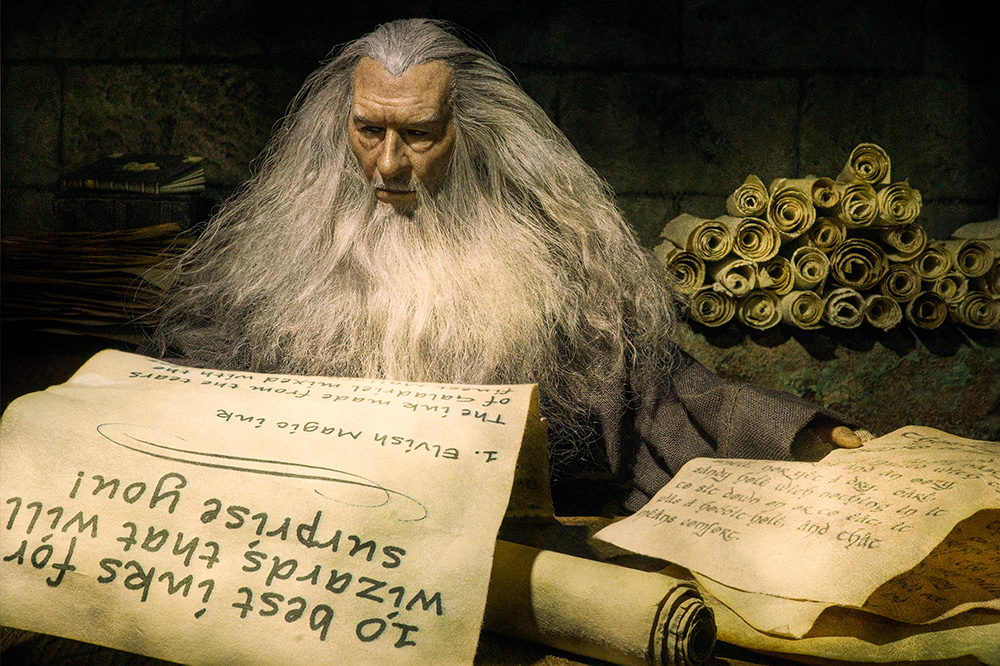
I also noticed that one of the restaurants, the Rainforest Cafe, had a Volcano that shot fire every 30 minutes or so. So I waited until it got dark outside (it is winter here in the northern hemisphere, so darkness is never that long of a wait), and took shots of the flames coming from the volcano. I placed some of these assets into my library for use in future projects.
You likely guessed it already, but I keep this library stored in the cloud and synced to any machine that has Photoshop on it.
Conclusion
These strategies for storing my ideas have proven to be worth the time over and over again. As I look over my portfolio, so many of the photos I have created have my ideas folder, ideas spreadsheet, and/or my library of assets to thank for bringing them to life.
Storing your ideas for future use also frees up your brain to think about other things in the moment. Instead of trying to keep that brilliant idea alive in your brain until you can act on it, you can record it for later. Knowing that the flash of inspiration you just experienced is safely recorded in the cloud allows you to let go of that idea and be in the moment of wherever you are, and whoever you are with.
When you are in a time and place to create things again, those ideas will be waiting for you. Then you can look over all the ideas you’ve had, and jumpstart your next creative flow.
That sounds awesome, doesn’t it?
[dave]
Footnotes:
*not an actual promise



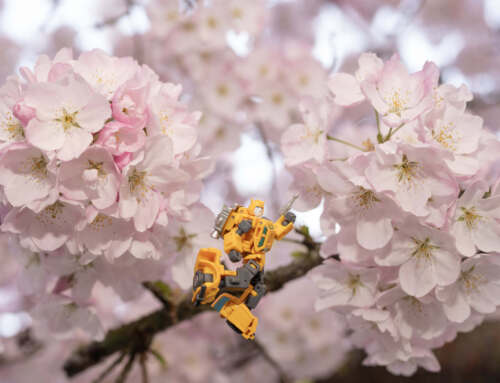
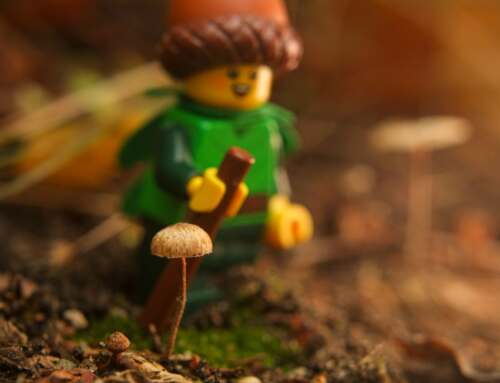

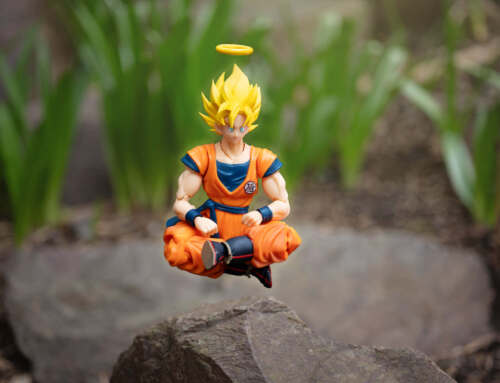
Thanks for the ideas, Dave – I may have to store them in the -uh-cloud! 😀 Seriously, I love the idea of storing ideas. I’m guilty of losing many ideas because I don’t do it. Ditto saving assets.
Yeah, I have lost many ideas to the mists of time before I started writing stuff down.
I plan to set this up right away, great ideas, Dave!
Awesome!